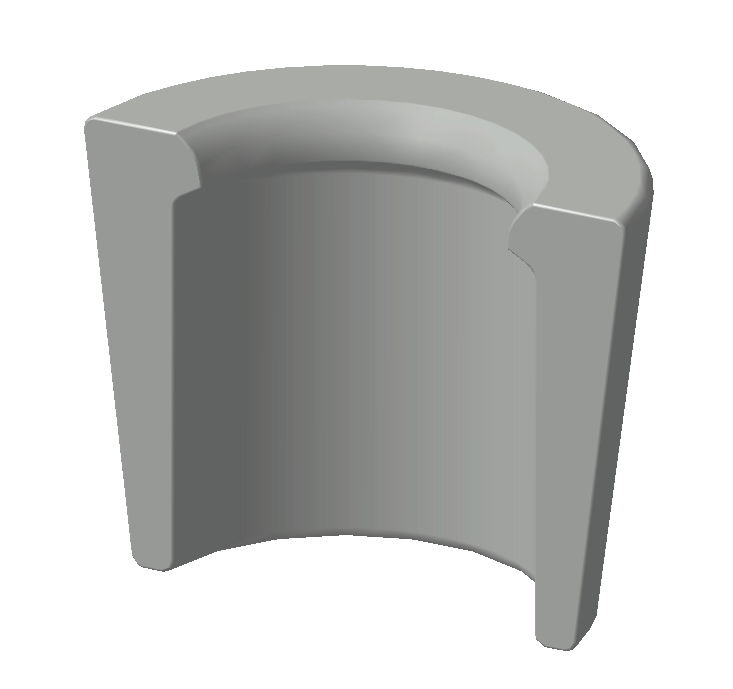Collets
The function of the valvetrain in any engine is critical to its operation. In a race engine it is often an area of constant development; with engineers striving continually to improve the engine’s breathing characteristics or working towards higher engine speeds. Improving the trapped mass or inlet charge increases torque, and increasing engine speed increases power.
The development of the valvetrain often includes new camshafts, valves, valve springs and spring retainers. The ‘forgotten’ components in valvetrain development though are the collets – also widely known as ‘valve locks’ or ‘valve keepers’ – although they too have a very important role to play. The reason they are forgotten is possibly because they are so small and there is little scope for development.
The role of these components is to allow the spring retainer (or piston, for pneumatic valve return systems) to be positioned on the valve. They act as a pair and have a tapered outside surface to allow them to lock into the retainer or piston securely due to friction. On the inside, there is a ‘ridge’ which is used to position the collet axially on the valve; the valve has a corresponding groove into which the collet ridge can locate.
The design of the internal ridge dictates the groove geometry on the valve; as this groove is a point of stress concentration, we would like this concentration to be minimal. Compared to passenger car and industrial engine valves, racing valves are often much more highly stressed, so racing collets have a semicircular ridge, whereas many road valves have a simple ‘square-cut’ groove to accommodate a much simpler collet ridge.
The whole interaction of the collets with the valve needs to be considered carefully, especially with highly stressed valves. Not only does careful attention need to be paid to the groove into which the collet ridge locates, but there are sometimes further relief grooves to prevent hard contact with sharp edges at the lower end of the collet.
Ducati has been unusual in that it has not used a split collet, but instead has used a split steel ring to provide a location on the valve and a single-piece ‘collet’ which is constrained from axial movement. In rejecting the use of valve springs in favour of a desmodromic system, Ducati requires a method by which to shut the valve. This is a done by a valve-closing camshaft, which operates the valve via a rocker acting on the single-piece ‘collet’.
There are a wide range of materials used for collets. Steel, as is commonly used for passenger vehicle engines, remains the most popular and cheapest option. Given the tiny mass of these components in comparison to the other reciprocating masses in the valvetrain, people only generally tend to consider lower density materials for collets once the larger reciprocating valvetrain components have been optimised, as the mass reductions available are so small as a percentage of overall reciprocating mass.
Titanium is another option, and this is offered by a number of motorsport valvetrain component suppliers. Care has to be taken though when using titanium collets. People who have taken the step of using titanium collets are very likely not to be using steel retainers. Titanium also has some wear problems, especially in contact with other titanium parts, so caution needs to be exercised to prevent surface damage. A coating on one or other part may be required. Other materials could also be considered, such as high-strength aluminium.

Fig. 1 - A typical valve collet
Written by Wayne Ward